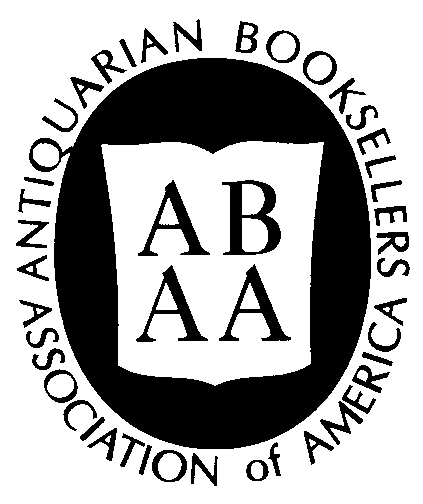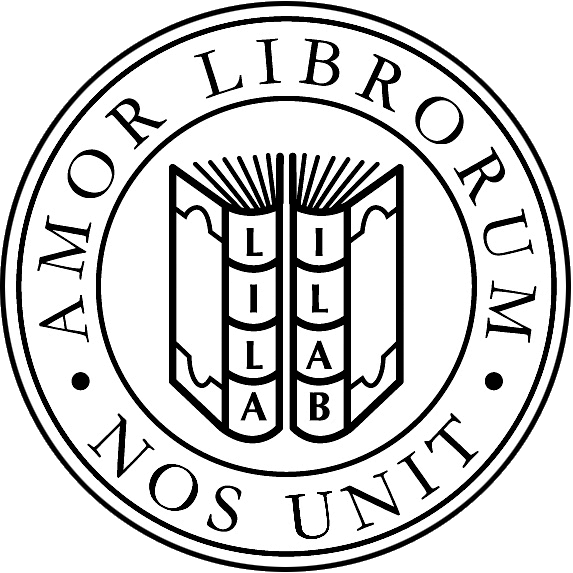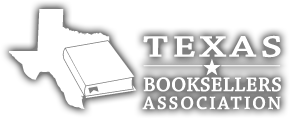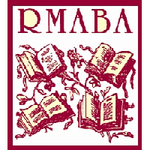Dealer in Rare and First-Edition Books: Western Americana; Mystery, Detective, and Espionage Fiction

Massive Archive Of Thousands Of Original Photographs And Photographic Slides, Along With Numerous Audio Recordings, Compiled By Jacob Harris, An American Who Served As A Senior Police Advisor In Vietnam And Thailand During The Vietnam War
JACOB HARRIS
Other works by JACOB HARRISPublication: Compiled by Jacob Harris, an American who served as a Senior Police Advisor in Vietnam and Thailand during the Vietnam War, 1964 - 1974, Vietnam, Thailand, and elsewhere in Asia as well as the United States, Europe, and the Middle East ca 1964-1974
A large and remarkable archive of images from Vietnam and Thailand, covering the decade from the Gulf of Tonkin incident and the beginning of the buildup of American forces in Vietnam to a year before the evacuation of the American embassy. Most notable are the many images showing the training of local security forces by American civil and military advisors. The collection was compiled by Jacob Harris, an employee of the United States Agency for International Development (USAID) Office of Public Safety (OPS), whose task was to train Vietnamese and Thai police and counterinsurgency forces. Most of the images, in the form of photographs and photographic slides, were created by Harris, his wife, or his associates, and illustrate all aspects of life in those countries at the time. Harris traveled widely throughout the region, and the collection includes images from not only Vietnam and Thailand, but also from Laos, Singapore, Hong Kong, Macao, Malaysia, India, and elsewhere. The images also document Harris' lengthy career as a New Jersey State Trooper and his travels in other parts of the world. Jacob Joseph Harris (ca. 1910-2005), also known as "Jack" and "Jake," served for thirty-six years (1928-64) with the New Jersey State Police, eventually attaining the rank of major. Included herein is a printed card, dated Dec. 31, 1960, marking thirty years of Harris' service to the state of New Jersey. In 1964 he began what he called his "second career," taking a position with the U.S. Agency for International Development, and was stationed first in Vietnam and then in Thailand. As his postings permitted, he was joined by his wife of many years, Virginia, and she appears in a great number of the photographs. Harris was associated mostly with USAID's Office of Public Safety, which was established in 1957 to train the police forces of America's overseas allies. The OPS was often used by the Central Intelligence Agency as a cover for its agents abroad, and operated in Europe, the Middle East, Africa, and Asia until it was shut down by Congress in 1974. At other times Harris was a part of the State Department's Office of Missions. Whether or not Harris was directly employed by the CIA has not been ascertained, and it seems that his actual role in Vietnam and Thailand was in fact the training of local police and paramilitary forces. However, Harris' proximity to high ranking officials in the governments of South Vietnam and Thailand, as well as the nature of many of the photographs in this collection, show that he played an active and important role in training local forces to fight the Vietcong and Thai insurgents. And it is certainly true that the various departments and agencies of the U.S. government in southeast Asia at that time (those operating overtly or covertly) worked together toward their common goal. Jacob Harris ended his career at the State Department in Washington, and retired to Florida in 1975. A slide included as part of the collection explains the "Objective of U.S. Assistance to Civil Police Programs & Paramilitary Forces Overseas." Among these are "encourage humane responsible police administration; enforce the law & maintain public order with minimum use of force; counter subversion & terrorism; improve the character and image of civil police & paramilitary forces binding them more closely to the community." A large percentage of the photographs and slides in this collection show Jacob Harris with the Vietnamese and Thai officials and officers with whom he worked, trained, and advised during his decade of service. Included are images of military and political leaders, members of the Thai royal family, and members of military and police forces. A number of the photographs show police operations against members of the Vietcong or other subversive organizations, several of them showing dead bodies. One album is devoted to photographs showing a Thai operation against revolutionaries, with pictures of soldiers, dead and mangled bodies of the enemy, and members of the Thai forces recuperating and being commended at their hospital beds. This same album contains a number of typescripts in Thai that appear to describe the actions depicted. A few other photographs have manuscript ink notes (apparently in Jacob Harris' hand) identifying the scene. One, showing a dead body, is captioned "Vietcong," while another, dated April 2, 1969, shows a Thai military force (with some members identified), with a caption explaining that they were "assigned to eliminate Durae Gang." Some photographs are quite chilling in their juxtaposition, as in one album where pictures of the Harrises and their friends at the beach are displayed beside photographs of dead Vietcong soldiers. The photographs and slides show Harris and his American colleagues (and often their wives) interacting with Vietnamese and Thai officials, the local citizenry, and each other. One group of images shows a party thrown for Harris and his wife when they were reassigned from Vietnam to Thailand in 1968, in the wake of the Battle of Hue. Several images show Harris visiting villages and interacting with locals, and the difficulty of lives of Thai and Vietnamese villagers is clearly evident. Many of these images show villages populated mostly by the elderly, women, and small children. The absence of most men speaks volumes; they may have left to fight for the Army of the Republic of Vietnam or the Vietcong, or they may have lost their lives. It is clear from the images in this collection that despite the hardships encountered by American troops in Vietnam, USAID officials lived comfortable lives. Many of the photographs show them at parties, vacationing at beach resorts, lounging by swimming pools, etc. As mentioned, though stationed in Vietnam and then Thailand, Harris traveled widely throughout Asia, including to Hong Kong, Singapore, Macao, Malaysia, and Laos. He also traveled throughout the countries he was stationed in, and there are images in this archive of Saigon, the Vietnamese provincial capital of Dalat, Danang, Bangkok, Ayutthaya, Angkor Wat, and much more. Many of the images of Vietnam show a country that still bears a heavy French influence, before the Communist takeover of the 1970s. Other images show trips taken by the Harrises to Europe and the Middle East, as well as photographs documenting Harris' life in New Jersey and his earlier career with the state police. The more than 1,700 photographs are a mixture of black and white and color, ranging in size from 2 3/4 by 3 1/2 inches to 3 1/2 by 5 1/2 inches, though a handful are larger. Included are more than fifty boxes of slides, some 2,000 original slides in all. The images in the slides appear to have been taken by Harris or his wife, and are in color. As with the photographic prints, the slides are a mixture of military and nonmilitary scenes: parades, assemblies featuring police and military officials, pictures of village life, aerial views of the Vietnamese and Thai countryside, etc. There are many images of American military airplanes and equipment, training exercises, aerial views of the countryside, several images of the demilitarized zone, and much more. One group of slides shows an anti-American parade in Vietnam, featuring signs reading "Kick out Taylor," protesting the 1964 appointment of General Maxwell Taylor as ambassador to South Vietnam. As a military advisor to President Kennedy, Taylor had enthusiastically supported sending more American combat troops to Vietnam. Other slides show Jacob Harris accompanying a Vietnamese delegation on a visit to the United States, during which they went to Washington and to New Jersey, where they met with his old colleagues in the New Jersey State Police. Yet another box of slides is labeled "Hong Kong" and "Red Chinese border," containing a number of views of Hong Kong in the late 1960s, as well as views of mainland China. Other images document visits by American dignitaries to Thailand and Vietnam, and there is a series of slides featuring Harris with Army of the Republic of Vietnam general Nguyen Chanh Thi, and others showing Harris and police officers at the strategically important Hai Van Pass near Danang. One group of thirty-five slides, housed in a box labeled "DMZ bombing," shows the aftermath of an air raid (presumably by U.S. forces), with bombed-out buildings and ruined villages and countryside. Other images show bombed out buildings in a more urban setting. In all, a massive archive of images documenting American activities at the local and police levels in Vietnam and Thailand over the course of a crucial decade. The Harris archive is a wealth of views of all aspects of life in the region during this period which help deepen our understanding of the effects of the American presence in southeast Asia during the era of the Vietnam War. More than 1,700 original photographic prints and 2,000 original photographic slides, plus fourteen audio recordings and miscellaneous documents. Most of the slides preserved in their original Kodak processing boxes. Some photographs loose, but most bound into albums. On the whole, in near fine condition.
Inventory Number: 44629
![O. & W. [The Long Life And Slow Death Of The New York, Ontario & Western Railway]. WILLIAM F. HELMER](/media/images/thumb/28875.jpg)








